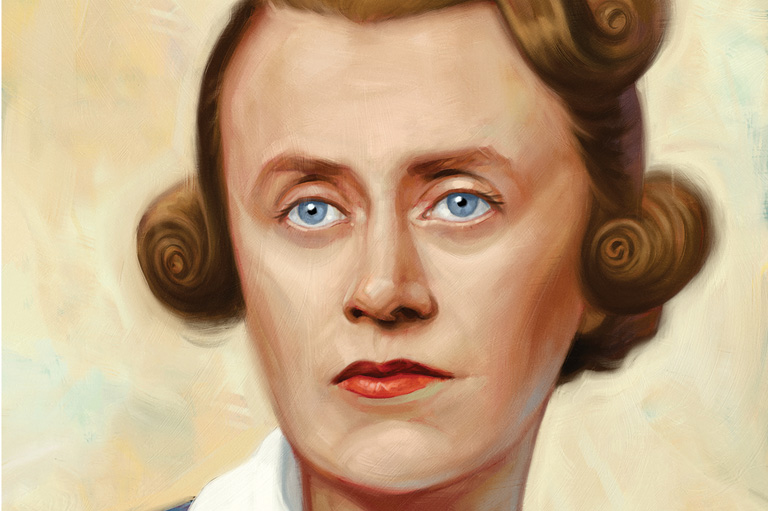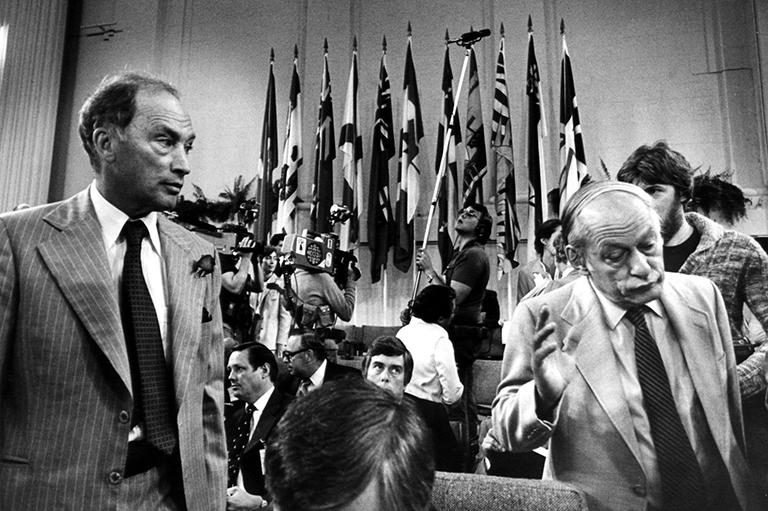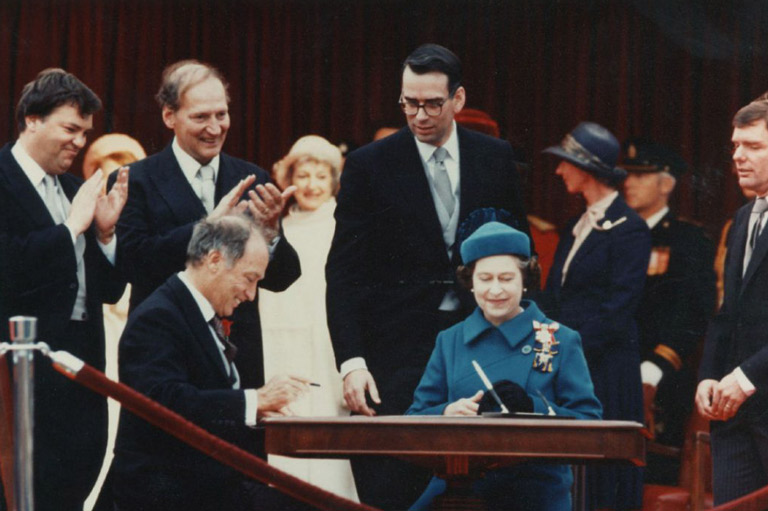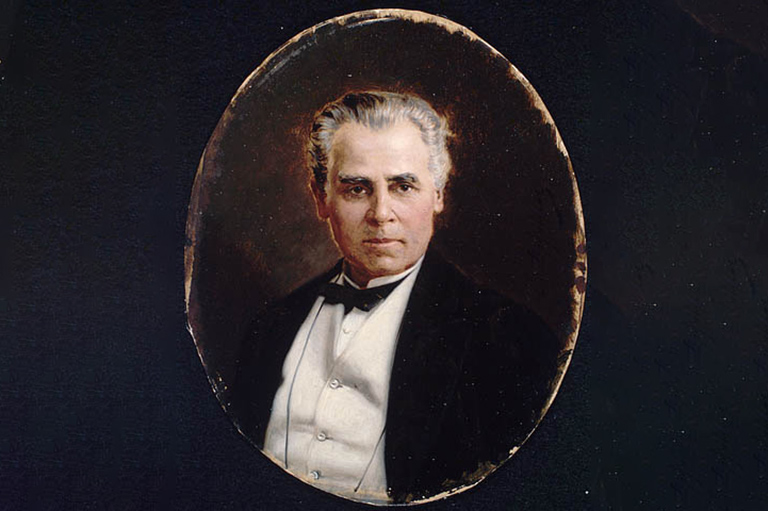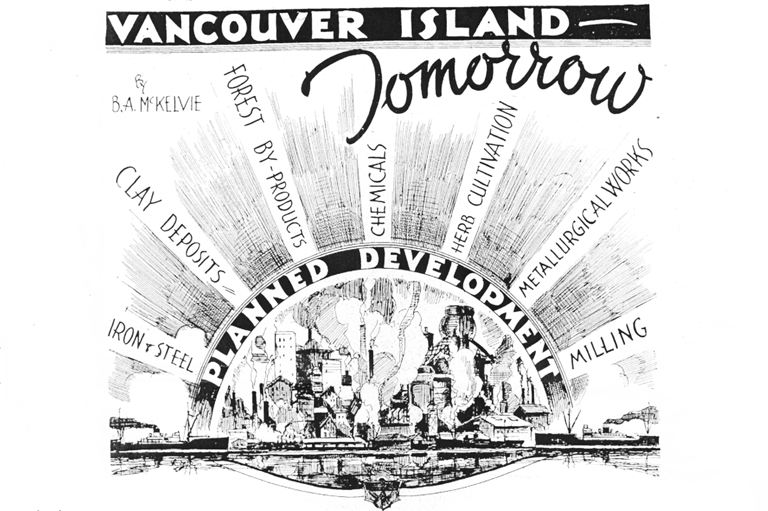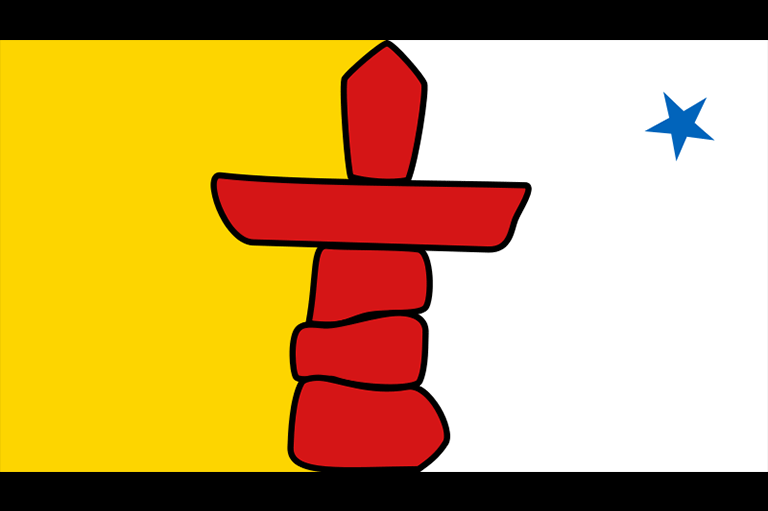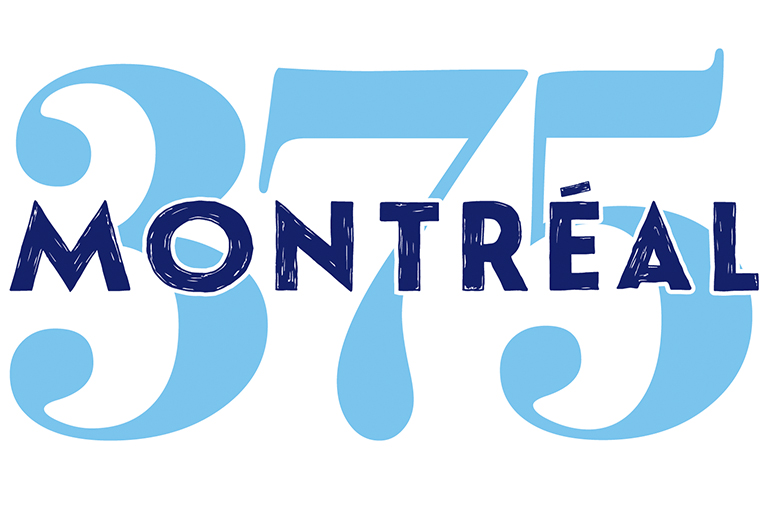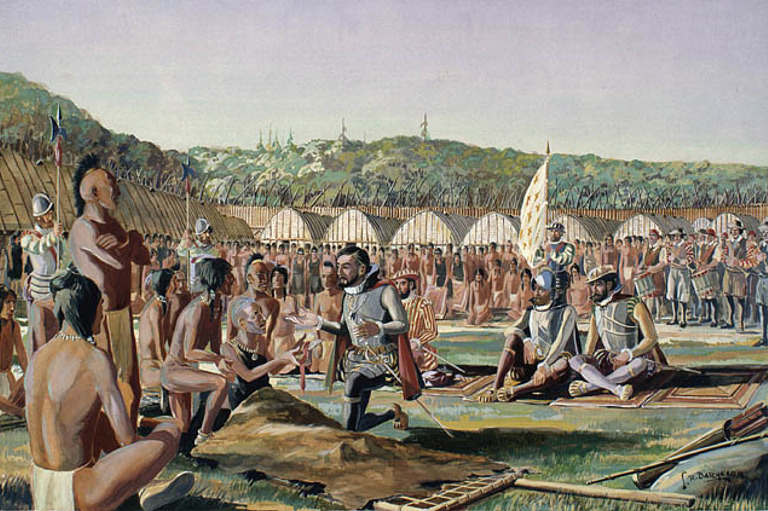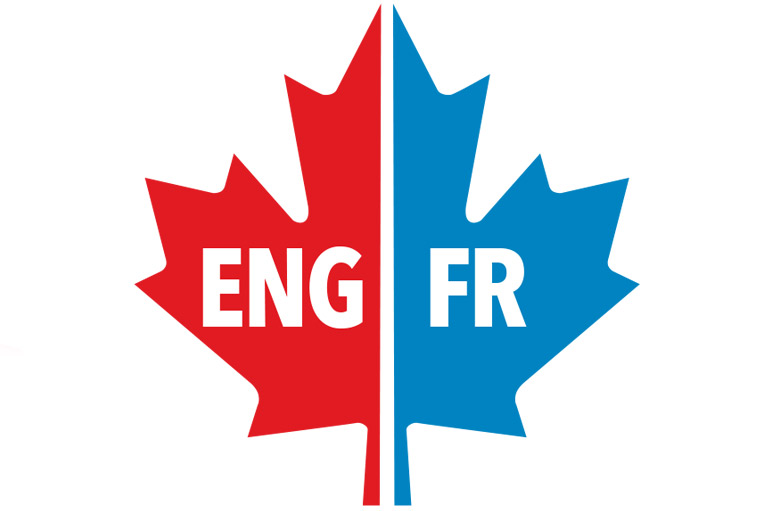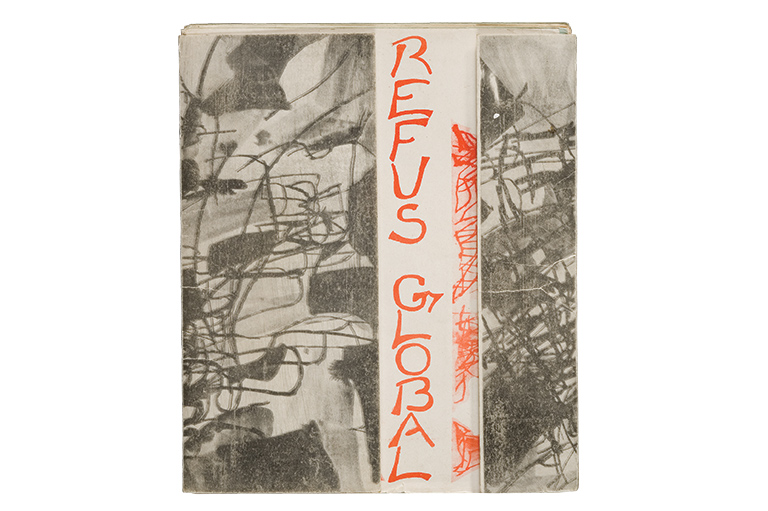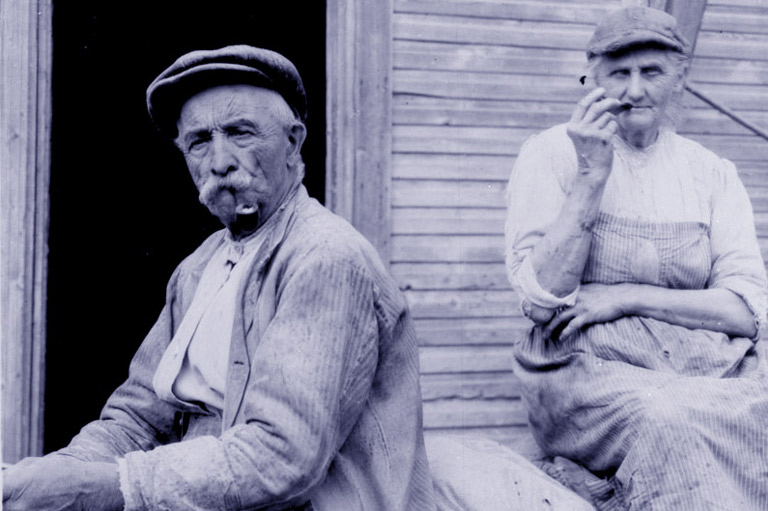Discover a wealth of interesting, entertaining and informative stories in each issue, delivered to you six times per year.
The Road from Yesterday
For a few days in October in 1995 it seemed to many Canadians that the nation was poised on the edge of a steep cliff, a short step away from destruction. For the second time in fifteen years the people of Quebec were being asked by their provincial government to vote in a referendum on the future status of the province. Would Quebec remain as a province of Canada or become an independent country with possible and as yet undefined links to what remained of the former Dominion?
Before the campaign began it appeared to many that the citizens of Quebec were as weary of the constitutional wars as Canadians elsewhere in the country. As the short campaign began it was widely believed that the voters would deliver a convincing rejection to the advocates of separation, but in the final weeks of the campaign observers were astonished to see a dramatic surge of enthusiasm for the “Yes” side.
By the final week, with the vote days away, the polls indicated the possibility of a “photo finish” or a separatist victory and federalists in Quebec and across Canada felt a rush of vertigo as they looked down into the abyss. The campaign ended in a flood of emotion and apprehension on both sides of the question.
Then, as the results came slowly in on the night of 30 October, we drew back a step. The gulf still loomed ahead, but the voters of Quebec, by the narrowest of margins, had granted a reprieve, a breathing space, another opportunity to attempt a resolution of the vexing problems that have tormented us for so long.
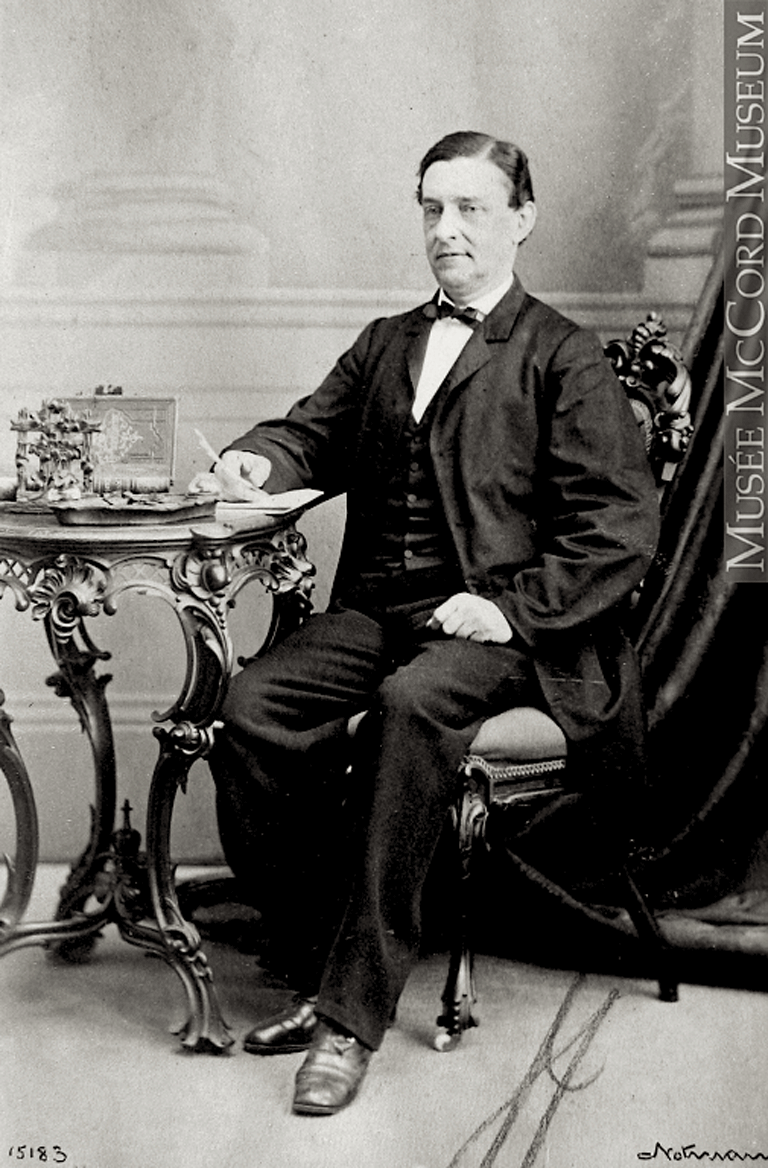
In the days after 30 October commentators contemplating the next step in the search for national unity and renewal spoke of almost three decades of difficulty, dating back to the day in November 1967 when a disgruntled René Lévesque broke away from the Quebec Liberal party and began organizing the Parti Quebecois.
In the crowded years since then Canadians have witnessed change, dramatic events and almost unending debate along the road to the present day. We saw the beginning of the Trudeau years in the late 1960s; the Official Languages Act of 1969; the October Crisis of 1970 and the murder of Pierre Laporte; the first Lévesque government in Quebec in 1976; Bill 101 in 1977, making French the official language of Quebec; the Quebec sovereignty referendum of 1980 in which the split was 60%25 to 40%25 against separation; “the night of the long knives” in early November 1981 in which Ottawa and nine provinces reached a constitutional deal without the approval of Quebec; the signing of the new constitution by the Queen in July of 1982; the Meech Lake Accord of 1987 and its failure in 1990 followed by the founding of the Bloc Quebecois; the Charlottetown Accord and its rejection in a national referendum in October 1992; the stunning gains of the Bloc Quebecois in the national election of October 1993 leading to Official Opposition status in the House of Commons and the Quebec referendum of October 1995 in which sovereignty came within one percentage point of winning the day.
There is enough history there to fill many volumes and weary the mind, but all recent history nevertheless and hardly the whole story of Canada’s constitutional struggle, which goes back, in fact, far beyond the lifetimes of Jacques Parizeau, Jean Chretien, René Lévesque and Lucien Bouchard.
The dream of a French-speaking “homeland” in North America and fears for the survival of the Canadien identity in an English-speaking ocean goes back to a time far before Confederation. By the early 1860s, even as some French-Canadian political leaders were working toward a union of the colonies in British North America, a body of opinion held that Quebec should be a country unto itself.
In the Confederation debates in the old Canadian Parliament A.A. Dorion, a leader of the anti-Confederation party, spoke for many in “Lower Canada” when he expressed the fear that Confederation could be a stepping stone to a legislative union, similar to the earlier union of the “two Canadas,” in which French language and culture would be engulfed.
Dorion found the assurances of George-Etienne Cartier unconvincing and became one of the first in a long line of francophone leaders to stress the importance of special guarantees for Quebec.
Dorion’s fear was that in the new country the French-speaking minority would be at the mercy of the English-speaking majority and he was unimpressed by assurances that protection would be available. “In the case of differences between the Federal power and the local governments”, he asked, “what authority will intervene for its settlement?”
Cartier was quick to reassure him: “It will be the Imperial Government”.
Dorion was not reassured: “In effect there will be no other authority than the Imperial Government and we know too well the value assigned to the complaints of Lower Canadians by the Imperial Government.”
Fear of domination by “the rest of Canada” and a resulting loss of identity has been a major theme of Quebec political discussion over the century and more since Confederation, but there is another element as well and that is a feeling that the people of Quebec, especially those who spring from a relatively small group of ancestors, are a family and, in effect, a “nation.”
Quebec Premier Honoré Mercier was speaking in 1880 — but his words could have been uttered during this year’s referendum campaign — when he said, “We have a right to our national existence as a race apart, and woe to any man who will deprive us of it.” This feeling of being “a race apart” lies at the heart of the nationalist movement in Quebec and explains, in part, why many Quebec politicians find themselves giving offence to Quebecers of non-French background during moments of extreme emotion, as both Lucien Bouchard and Jacques Parizeau did during the 1995 referendum debate.
Many Quebecers throughout the years since Confederation have dreamed of creating a nation apart, but, until now at least, a majority have opted to follow their “national dream” within the Canadian union. This has never been an easy task and there has been almost constant friction. Difficulties between Quebec and the rest of Canada have impaired the constitutional development of the nation over much of this century.
The search for a method of amending the Canadian constitution began not long after Confederation, but because agreement could not be obtained, the constitutional instrument, until 1982 the British North America Act, remained in Great Britain and Canada had to apply to the British Parliament when alterations were needed.
In 1927 an attempt to find an amending formula agreeable to all parties (to consist of the House of Commons, the Senate and a majority of the provinces) failed. So when the Statute of Westminster, which was supposed to complete the nation-building process begun in 1867, came into effect in 1931 Canada still lacked an amending formula. Because of this the power to alter the BNA Act remained in the reluctant hands of the British Parliament.
Agreement was nearly reached in 1936 (approval by the House of Commons, the Senate and six provinces having 55 per cent of the population, including Ontario and Quebec) but Premier Maurice Duplessis of Quebec rejected the formula at the last minute.
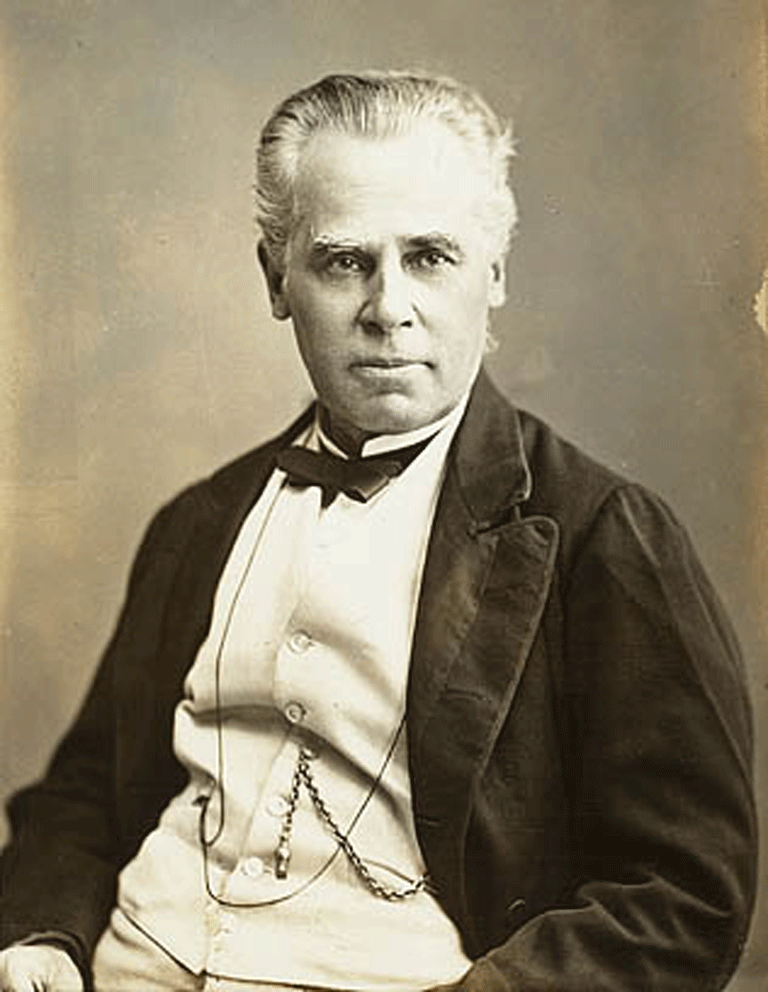
Failure came again in 1950 when no agreement could be reached. The Fulton-Favreau Formula of 1964 (House of Commons, Senate and seven provinces comprising at least 50 per cent of the population) failed when Quebec had second thoughts.
The Victoria Charter of 1971 called for approval by the House of Commons, the Senate and a majority of provinces comprising “every province which has or had 25 per cent of the nation’s population, at least two provinces from both Atlantic and Western Canada, making up at least 50 per cent of the population for the latter.” They thought they had an agreement until Quebec said “no.”
Agreement was elusive in 1980 after the defeat of the first Quebec referendum. The federal government and the provinces argued for months over the division of powers and the entrenchment of a charter of rights and freedoms. At the end of the year Prime Minister Trudeau announced that the federal government would bring home the BNA Act by itself. At the so-called “night of the long knives” in November 1981 an amending formula was agreed upon by nine provinces and the federal government. The decision was made to proceed without Quebec.
Subsequent events are still ripe in memory and are, to some extent, responsible for our uncomfortable position at the edge of that cliff at the cold end of October 1995.
What comes next? The rocky path down the cliff face lies before us and we must find a way to pass over it in safety. We have taken a long time to get where we are and time may be running out.


